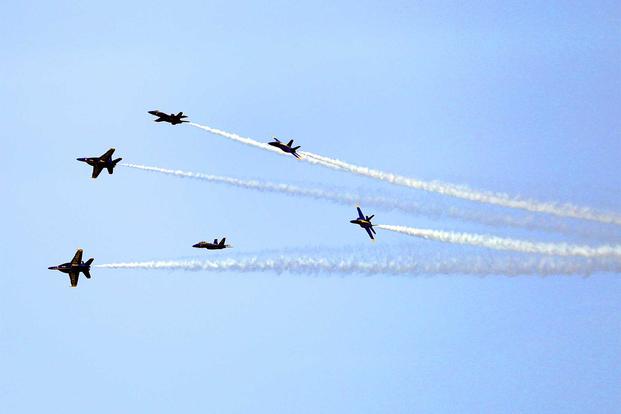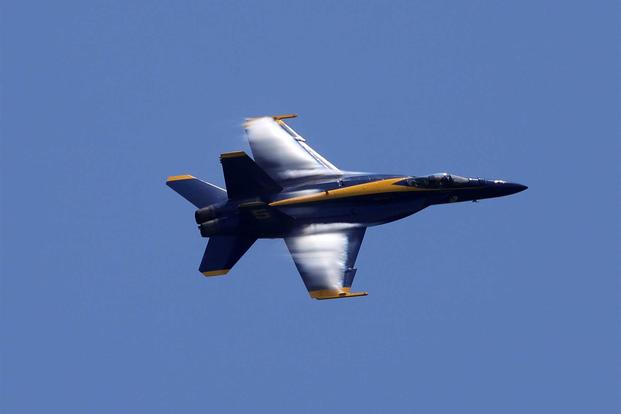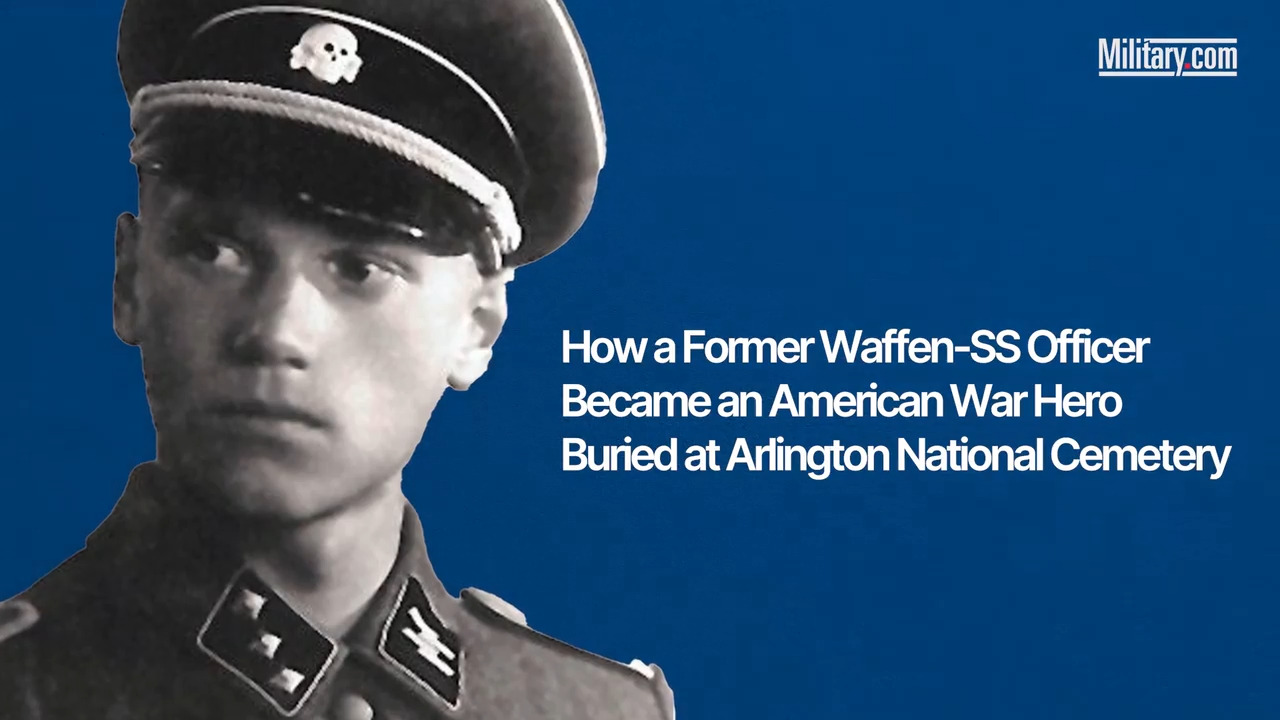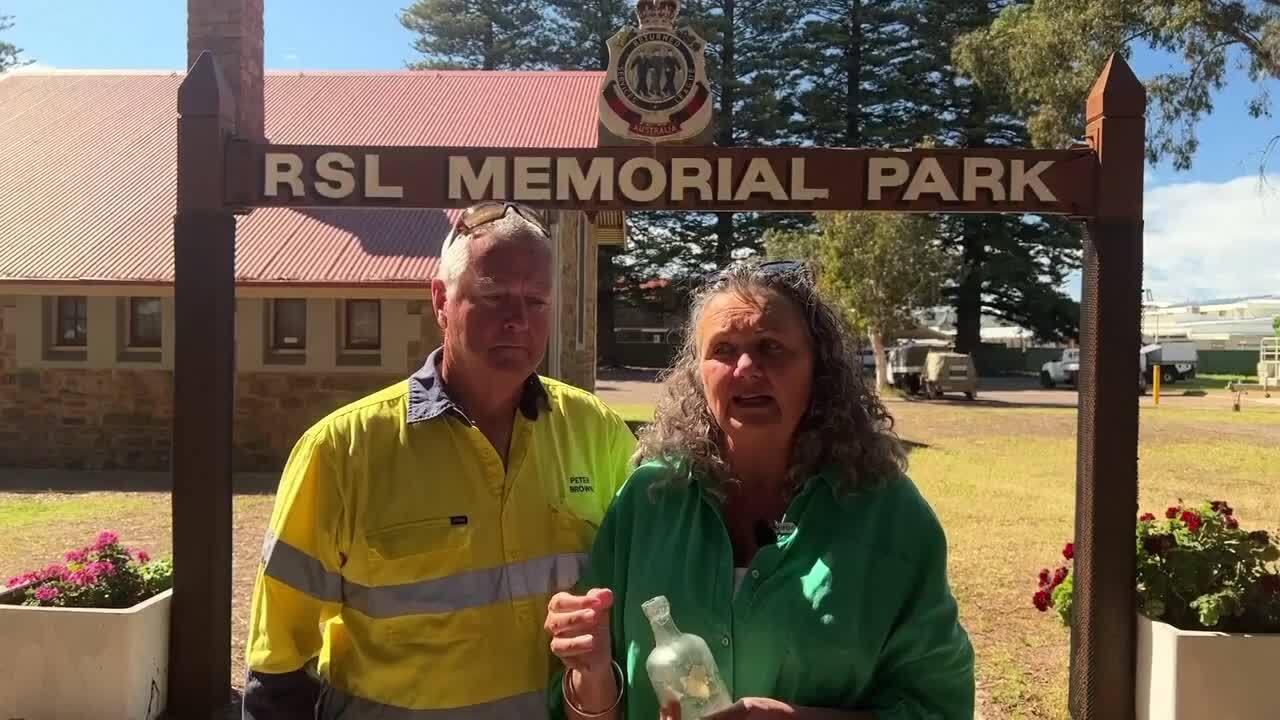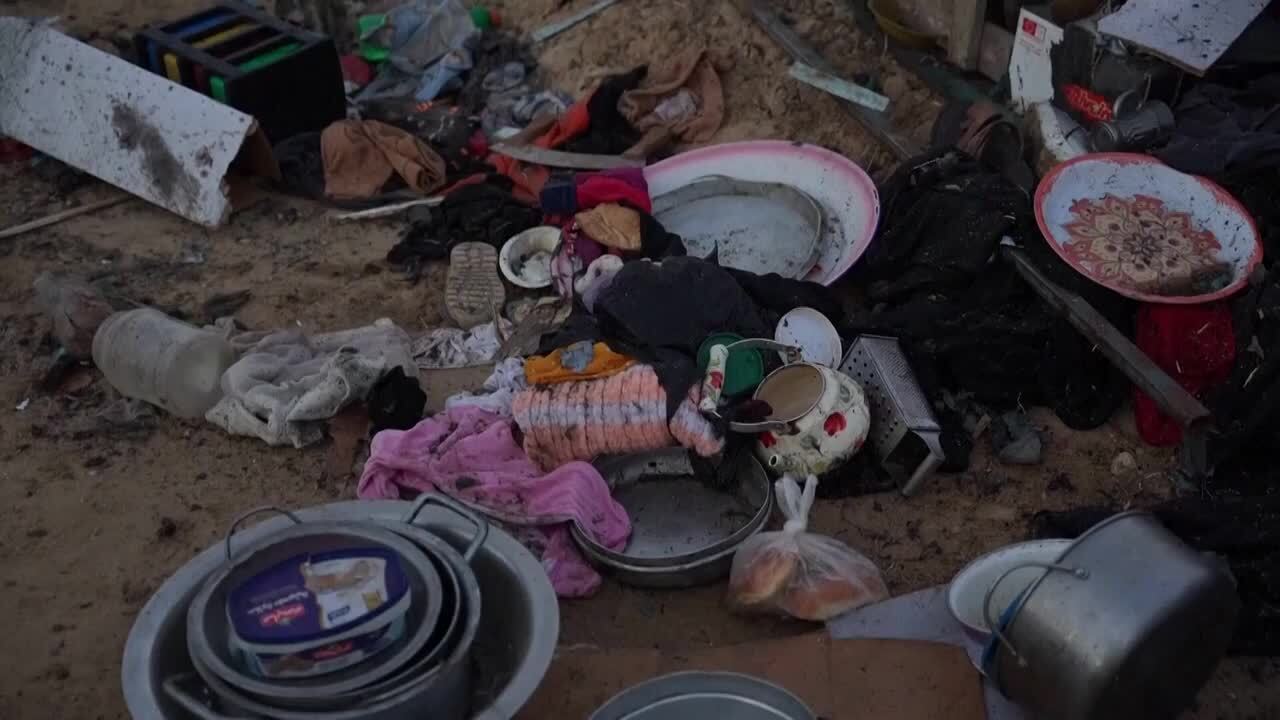From the time I was a kid, I've had an admiration of what high-performing military jets and incredibly talented pilots could do with their aircraft. Couple that with my love of movies like "Top Gun" and "Iron Eagle" and, more recently, the huge success of "Top Gun: Maverick," I was excited to watch these pilots scream through the sky at just under Mach 1 while operating only inches away from their teammates, displaying a level of precision that is a mystery to most spectators.
At this year's Fort Lauderdale Air Show held on April 29-30, 2023, the Blue Angels were joined by the U.S. Air Force's F-22 Raptor Demo Team, the U.S. Navy's F-35C Lightning II Demo Team and Air Force Reserve F-16 Viper Demo Team. The show also featured the Red Bull Helicopter, the Red Bull Air Force, the SOCOM Para-Commandos with their parachute demo, aerobatic pilots Kirby Chambliss and Michael Goulian, the T-38 Talon trainer and a demo of the search-and-rescue capabilities of the U.S. Coast Guard. The Blue Angels practice their show a few times before the Saturday and Sunday event to make sure it's just right. Depending on the year, the aircraft can include F-22, F-35, F-15, F-16 and A-10 aircraft.
When I moved into my apartment in Fort Lauderdale, Florida, a few years ago, I heard a roar from my couch. After a quick Google search, I discovered that the inbound route for the jets at the air show was directly over my apartment and that it was happening over the upcoming weekend.
As a civilian, I've always been curious about how the Blue Angels operate. This year, I got to spend a few minutes talking with Navy Lt. Cmdr. Chris Kapuschansky, who occupies the right-wing position, about his experience with the Blue Angels, a team often referred to as the Blues.
Kapuschansky -- the Blue Angels' No. 2 pilot -- joined the team in 2021, performing for the first time with the newly upgraded F/A-18 Super Hornet. He's now on the current air show tour schedule for the third season with this aircraft.
Adam Weissman: Tell us about your military career before you joined the Blue Angels.
Lt. Cmdr. Chris Kapuschansky: "I started off at the U.S. Naval Academy. From there, I went to flight school just like everyone else, coming through this pipeline. I ended up doing two combat deployments and was selected after being an instructor at [Strike Fighter Squadron] VFA-106 and then got selected to be a demonstration pilot for the Blue Angels."
AW: How does it feel to fly with the Blue Angels, and what can people expect when they see a show?
CK: "I think it's an absolute honor and privilege to be a part of this team and showcase what the Navy and Marines have to offer. There are over 800,00 men and women across the globe, and [to] demonstrate what they represent, it's pretty remarkable.
"Based on the weather, all our shows look very similar, just over a different location. It's a lot of fun. It's very engaging between the diamond and solos. Then we get everyone together and do the whole Delta formation. We try to keep everyone engaged while executing a nice, safe demo. We want to broadcast who we are and show the finesse and show the capabilities of the F/A-18 Super Hornet.
"It's pretty remarkable how we can do this. It's not just us. Everyone sees the six pilots perform the demonstration and hearing No. 7 do the narration and the C-130J Super Achilles, which is all Marine Corps aircrew. But it actually takes 130 to 140 maintenance personnel to make this happen."
AW: What's special about the F/A-18 Super Hornet?
CK: "It's the same aircraft from the last time that we were here. It's our third season flying the Super Hornet, and it's a little bigger than the legacy Hornet that people are used to seeing in the past. All it is, is that it makes it look like we are a lot bigger. But they are about 33% larger, which is great."
AW: How do you manage to fly within 18 inches of each other?
CK: "We'll start off wide and then work that closer and closer throughout the season to arrive at the 18-inch wingtip to canopy and then about six- to 12-inch, wingtip-to-wingtip separation. Because we are all together, we all hit the turbulence at the same time so it affects everything and we all move as one."
AW: Does the crowd on the beach get you going?
CK: "There's not many times we get to look out during the show. I'm just staring out my window at the boss man."
AW: What did it feel like the first time you got into the Blue Angels aircraft?
CK: "Getting in the Blue Angel was very similar to getting in the F/A-18 so it's almost identical. So nothing really crazy. The only thing we don't do is wear G-suits."
AW: Does performing at an air show help to combat all the negative things people see in the world news about the military?
CK: "I can't really speak about the negativity. All we look to do is represent everyone that is forward-deployed in the Navy and the Marine Corps, that while they are out of sight, we just want to make sure that they are not out of mind. We look to bring back the pride of the military and hopefully instill or inspire some of those viewers just to be interested. We're not asking them to seek this path but just be interested."
AW: If a young person wanted to do what you do, how would they go about doing it?
CK: "There's so many ways to do it. They could go ROTC or [Officer Candidate School] or attend the Naval Academy. There are so many ways to do it. Go to college and become a pilot. The best way to do it is to ask local sources to help put you on that path."
AW: Can you describe the feeling you get when you are inches away from the person on the left or right of you?
CK: "It'll get your heart going. It's a lot of fun. You are really close to someone else; it is a full mental workout trying to keep yourself where you need to be."
AW: How do you train for G-forces while flying?
CK: "Every year, we go to the centrifuge. Because we don't wear a G-suit, we have to go back every year. We just train and find those techniques that help maximum performance.”
If you're interested in seeing one of these amazing flight demonstrations, check out the remaining 2023 schedule for the Blue Angels or the U.S. Air Force Thunderbirds or visit #AirDotShow for more listings.
Interested in Joining the Military?
We can put you in touch with recruiters from the different military branches. Learn about the benefits of serving your country, paying for school, military career paths, and more: sign up now and hear from a recruiter near you.
